When I think on how my light is spent, though horrified by the countless hours I’ve squandered on the bizarreries of post-covid phone-world, possessed by shopping demons and The News, I can at least say that at least some creative work was done. I’ve never been more grateful to have remained firmly planted in my home state of Montana for the last half-decade. Despite always feeling like an aesthetic outsider in my own home, the landscape is baked into my bones and nothing is more healing to me than running in the mountains or sunbathing among bears.
Instead of ruthlessly pursuing an art “career” in New York, I fled the city in early March of 2020 before lockdown and have since poured my heart into high-altitude gardening, pilgrimages to Greece and the desert, marriage and child-rearing, spotty freelance writing jobs, and making strange little paintings and drawings that have all but cemented my position as a commercial outsider. I never stopped making art, in fact the birth of my daughter has only strengthened my work ethic and output. I’ve been privileged enough to be featured in a few shows in the American west since 2020, including one currently on view at Echo Arts in Bozeman with a beloved friend and teacher, the painter Kathy Schmidt.
Over the last five years, my home state has morphed into a totally unrecognizable, sanctimonious caricature of itself. It seems like a sin to complain about abominably inflated housing prices and cost of living when I don’t have to rent or work (outside of raising my baby alongside my husband!), but one can’t ignore the deep sadness of what’s happened: countless out-of-staters with way more money than the average Montanan moving in and pushing everyone else out onto the fringes. You know things are bad when even Butte becomes prohibitively expensive.
Don’t think I don’t see the dark irony underneath this all, though. I remember attending a Bozeman city council meeting around 2017 with a large group of my Native friends to lobby for Indigenous Peoples Day. Even then, housing affordability was becoming a crisis, and many upset retirees were furious by the prospect of rapid downtown expansion and condo sprawl to accommodate a legion of new residents intoxicated by mountain beauty. Compatriots from the Blackfeet, Northern Cheyenne Rez and I laughed bitterly as affluent white people complained about having their land stolen.
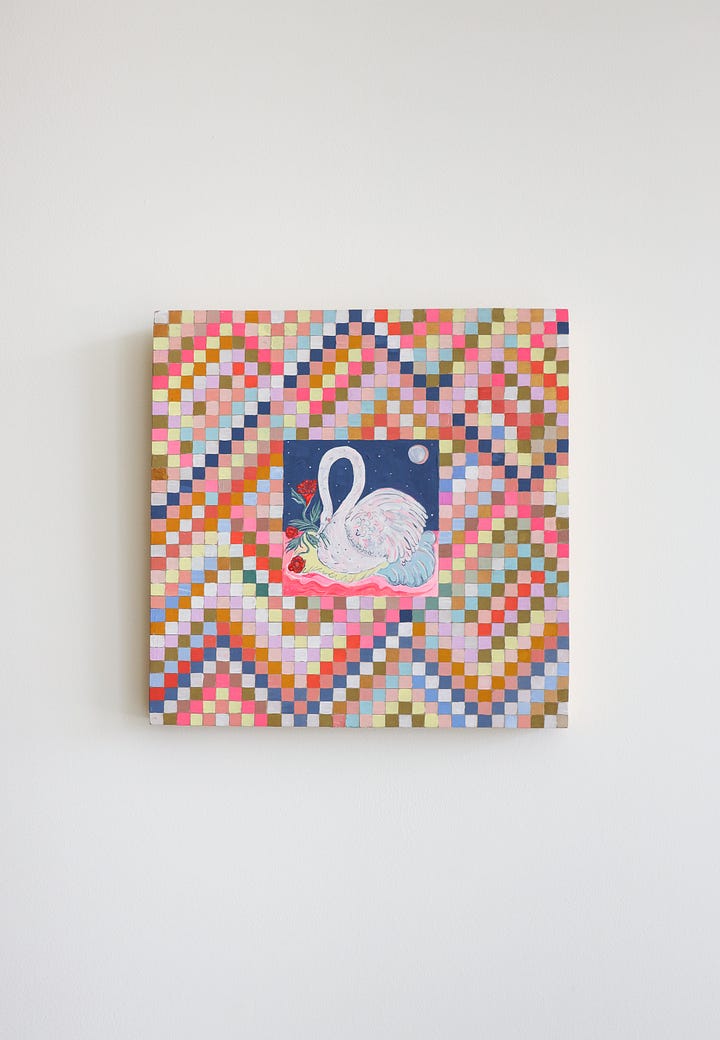
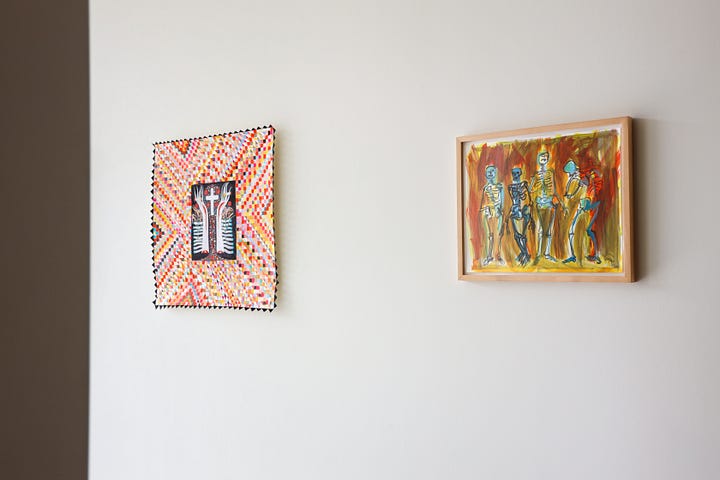
But then again, I remember the incredible Russell Means speech, “We’re All On the Reservation Now.” Poor and working-class Montanans are the new Indians, with no time or money to enjoy their own home: “You don't think about yesterday or tomorrow because all you're thinking about is today. So, you don't have time to walk with respect on our sacred grandmother, the Mother Earth. You don't have time for that because you're in the mode of survival. Welcome to the reservation. What you're doing now is not living, you're surviving.”
A society built on insatiable greed will turn every last inch of pristine earth into a shaved-down lawn, and make the poor mow it down while they are systematically poisoned by the fertilizers and pesticides used to maintain the monoculture. If you want to read an exceptionally good novel that perfectly encapsulates the simultaneous beauty and historical darkness of “the west,” go for Jim Harrison’s Dalva, or check out the paintings of Kathy Schmidt.
Montana’s primary artistic way of addressing the shadow mythos of the west is to completely ignore it. Bozeman, now the decadent heart of western darkness, recently secured the sizable funds for the agèd New York City conceptual artist Agnes Denes to regurgitate her 50-year-old lower Manhattan wheat field onto my former hometown. The new-to-MT arts organization Tinworks described this exhibition as “particularly compelling because of the significant role of wheat in the history and economy of Montana, the increasing loss of farmland in the Gallatin Valley, and the opportunity to devote the field at Tinworks to public art installations.” Truly groundbreaking stuff to plant an industrial monocrop beneath the mountains.
Unfortunately I think the curators (and artist?) probably didn’t know about or forgot the 1882 starvation winter of the Piegan Indians, one of many Indian famines caused by the legendary slaughter and near-extinction of the buffalo. Tribal peoples’ food ecology was systematically wiped out in the 19th century and exchanged for government-rationed bags of flour and corn that were at times deliberately withheld or not available due to the fact that WHEAT IS NOT AN INDIGENOUS PLANT FOOD OF MONTANA and never grew well here without industrial fertilizers and pesticides. I think that “Wheatfield— An Inspiration” would look a little more inspired with some John Deere pesticide application tractors beside it, or photos of all the poor farmers who have died of cancer and Non-Hodgkin’s lymphoma after spraying wheat fields with glyphosate for decades. Maybe a reenactment of Custer’s scalping at the Battle of the Greasy Grass would add some life to it. Did I mention that children at Tinworks are instructed to remain on-leash so as not to hurt the art, which usually consists of rocks?
And don’t get me started on the absolute pretentious racket that is Tippett Rise, where rich people are known to fight over outdoor chamber music concert tickets and gawk at hideous, gigantic Richard Serra sculptures that do nothing but brutalize the prairie landscape. Just to be clear: I am not the kind of person who supports white people flagellating themselves or the endless land acknowledgements at schools and movie theaters1. I’m just more than a little psychically connected to the land than most of the people truck-loading dead-eyed, pretentious New York art to my state, actually known for such legends as Crow Chief Plenty Coups, Jeanette Rankin (America’s first congresswoman), Charlie Russell, and Buffalo Calf Road Woman (a warrior who literally killed Custer).
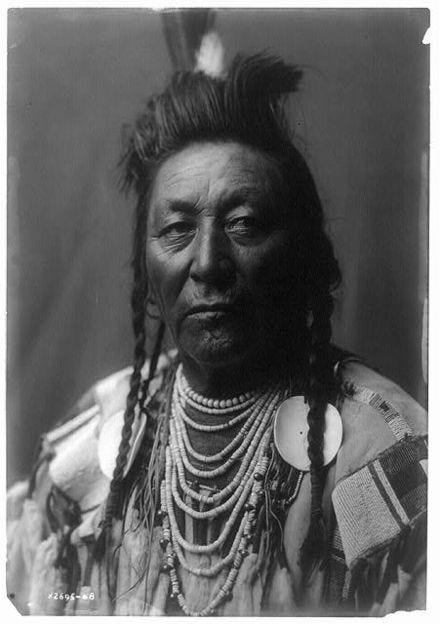
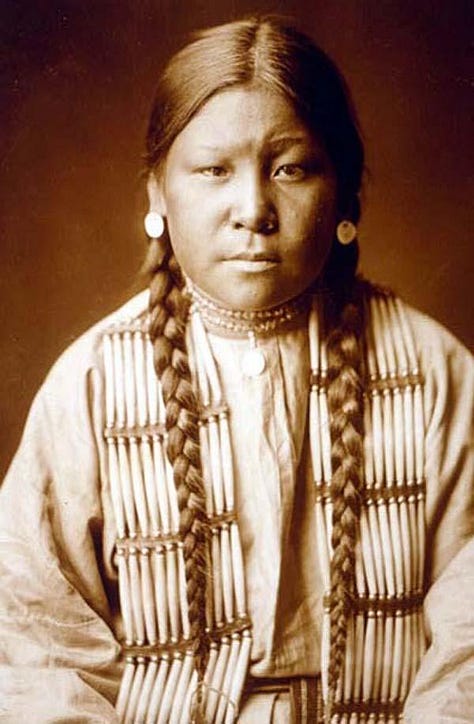

As Mike Kelley once said (and I really try to live by this): “the only social function of art is to fuck things up.” I’m pleased to reveal that my most recent (and probably final) Montana show did just that. After a wonderful opening night at Echo Arts, staffed and curated by three incredibly thoughtful and lovely women who really care, the gallery and I were bombarded with a flood of instagram comments, messages, emails, and even phone calls from phone-world activists who were beyond furious that Echo would ever show work by such a hateful and dangerous transphobic witch as Birdie Hall. My hate crime? Writing the sentence “Only women give birth” over a year ago.
It quite honestly made me feel a little infamous, as my art has literally nothing to do with trans people, and is not dangerous to anyone. I certainly didn’t mind being called a dust bowl tradwife, but decided to more or less leave instagram after a particularly deviant-looking young BDSM activist let me know that he can’t wait for my baby to be trans. All I can say is that the gallery and especially Kathy, a Montana painter of supreme dark grace didn’t deserve any wrath. The best part of growing up here was co-existing with conservative Republican ranchers, the original Dead Head ski bums of Bozeman, my friends on the Rez, and every rural stereotype in between. You’d better be damn sure that autogynephiles won’t ever tread on me.


One of my favorite quotes from Christ is that “a prophet is honored everywhere except in his own hometown.” I am certainly no holy person or prophet (quite the opposite actually), but I definitely know what it’s like to feel dishonored at home despite loving and caring so much for it. Kathy Schmidt and a few other artists and writers (you know who you are!) have provided me with artistic and spiritual solace since high school, but this place I call home has never felt more foreign to me. Maybe it was the TV show that finally broke the seventh seal and unleashed all the cosplaying cowboy aliens, or the Yellowstone Club and its broken septic levee that spewed forth literally 30 million gallons of sewage into the Gallatin River, I don’t know. There is surely a big ecological price for this endless growth.
It reminds me of this sobering message from Chief Seattle: “Tribe follows tribe and nation follows nation. It's like the waves of the sea. It's the order of nature. Regret is useless. Your time of decay may be distant, but it will surely come, for even the white man's God, who walked and talked with him, as friend with friend, could not escape our common destiny. We may be brothers after all. We shall see.”
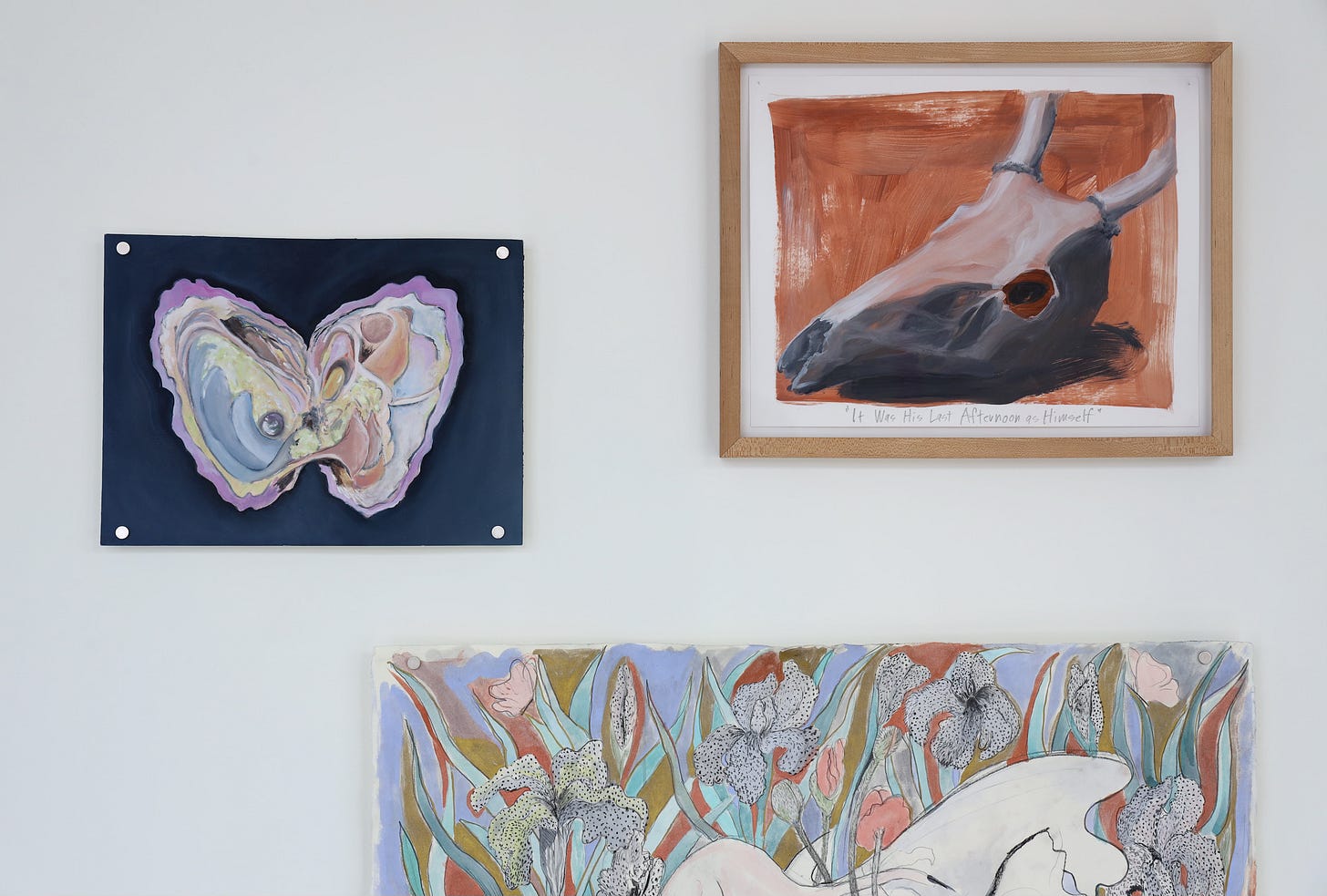
All I know is that entertainment industry combined with the sterile, unprecedented aesthetic inclinations of the pretentious rich have more or less created a colorless, Beaudrillard-ian simulacrum of “The West.” While the cultural and physical destruction seems inevitable, all I can do is remain grateful to God that we can still hunt, shoot pistols and/ or embark on a pristine, seven-mile trail run all in the same afternoon. Montanans should take care of each other and what’s left of our shared earth. My show with painter Kathryn Schmit FLOWERS IN HELL remains on view in Bozeman at Echo Arts until mid-March.
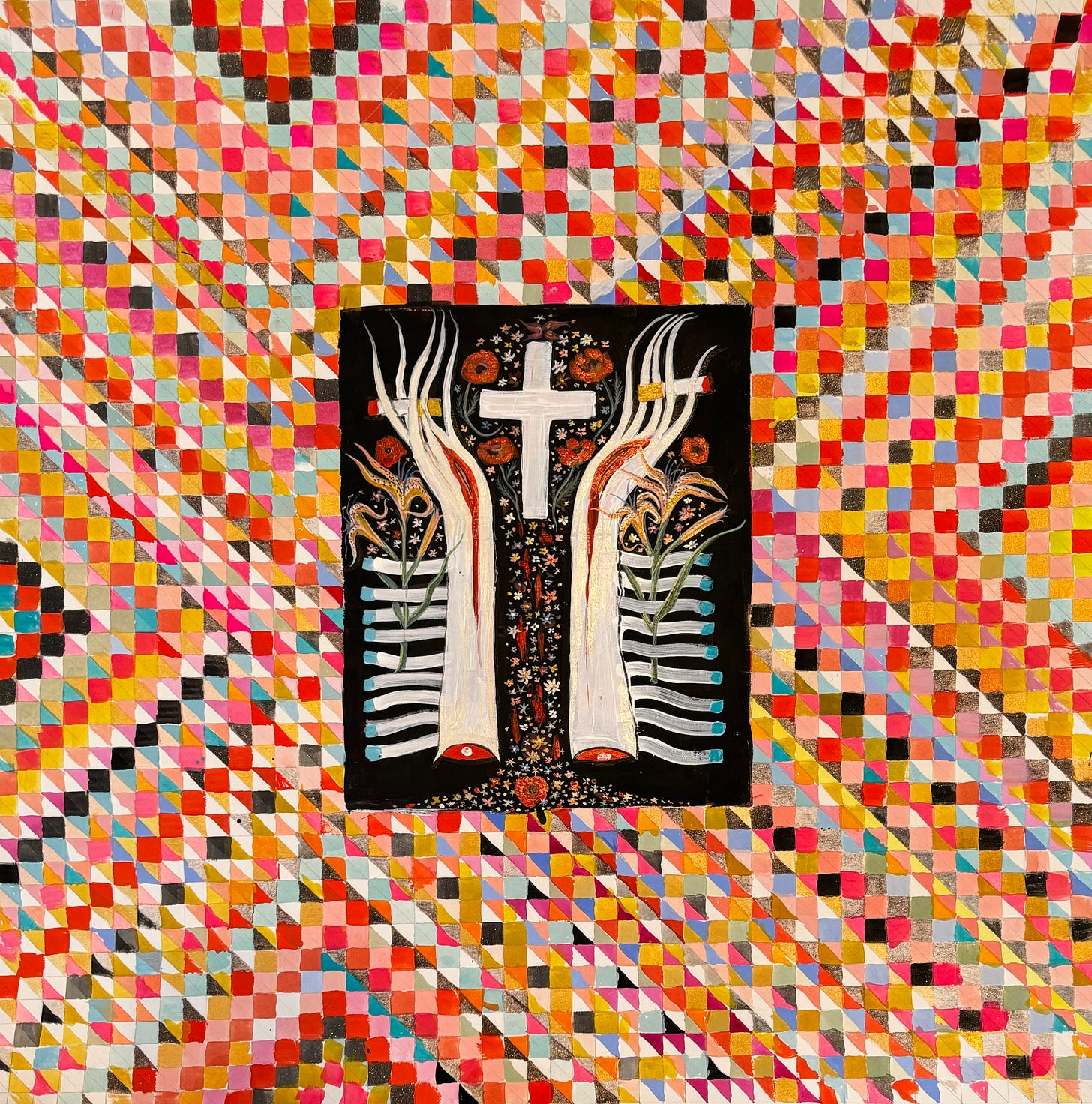
I should also add that I do NOT hate rich people. Wealthy people have supported my work since I first started, and I unfortunately have shamefully expensive taste in a lot of things. As John Waters once said, “Don’t hate all rich people, we need them to buy our art and fund our movies and books. There are plenty of shitty poor people out there, too.” What I’m trying to describe is a very specific aesthetic and cultural milieu favored by a very specific subset of the sanctimonious upper class.









I'd love to see anyone other than a woman try to give birth ;p Some people are so pointlessly sensitive! Great reflections -- I have a lot of mixed feelings about Montana. I don't miss it at all. (I miss my friends there!) I never got on well with the ranchers and don't understand their mentality at all, nor their hostility toward anyone who isn't like them. Perhaps they are the new indigenous people, and it's cynical of me to say this, but I kinda feel they deserve what's happening to Montana. A place just can't remain wholesome if it lacks a hospitable, Christian spirit. Edward Abbey wrote an essay about cowboys that you might enjoy looking up!
The phone-world activists 😆 they are always on duty! God forbid we state truth, as women, into the void and back.